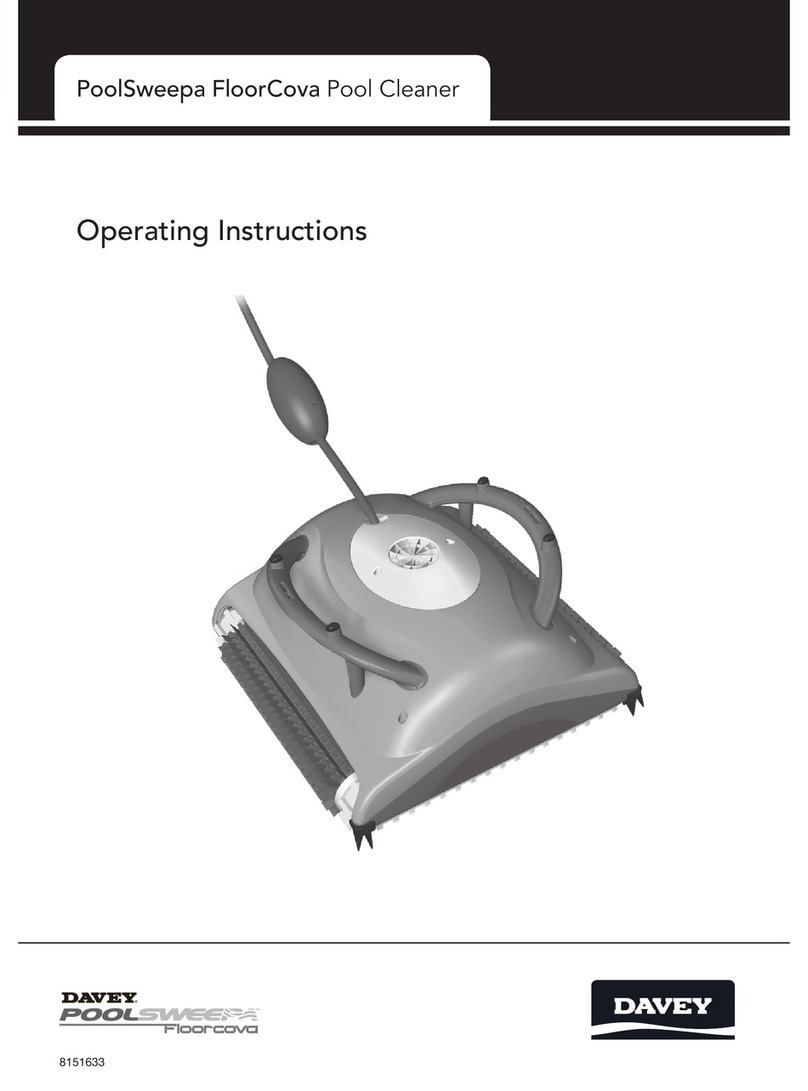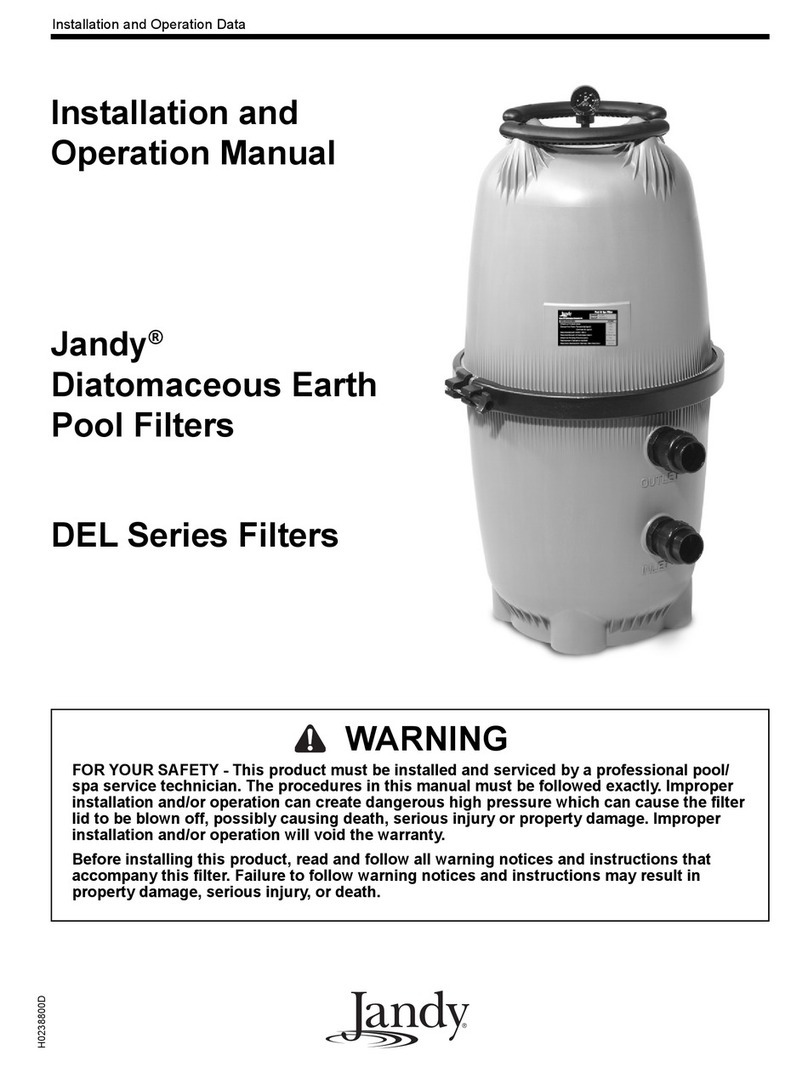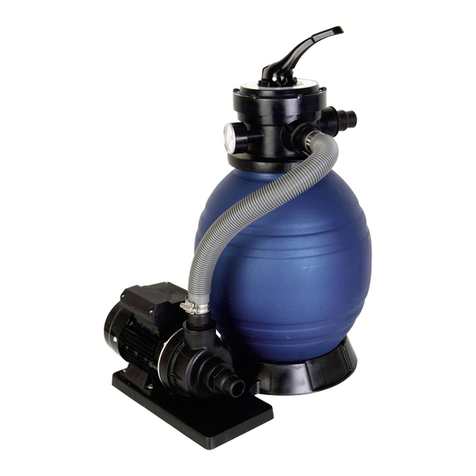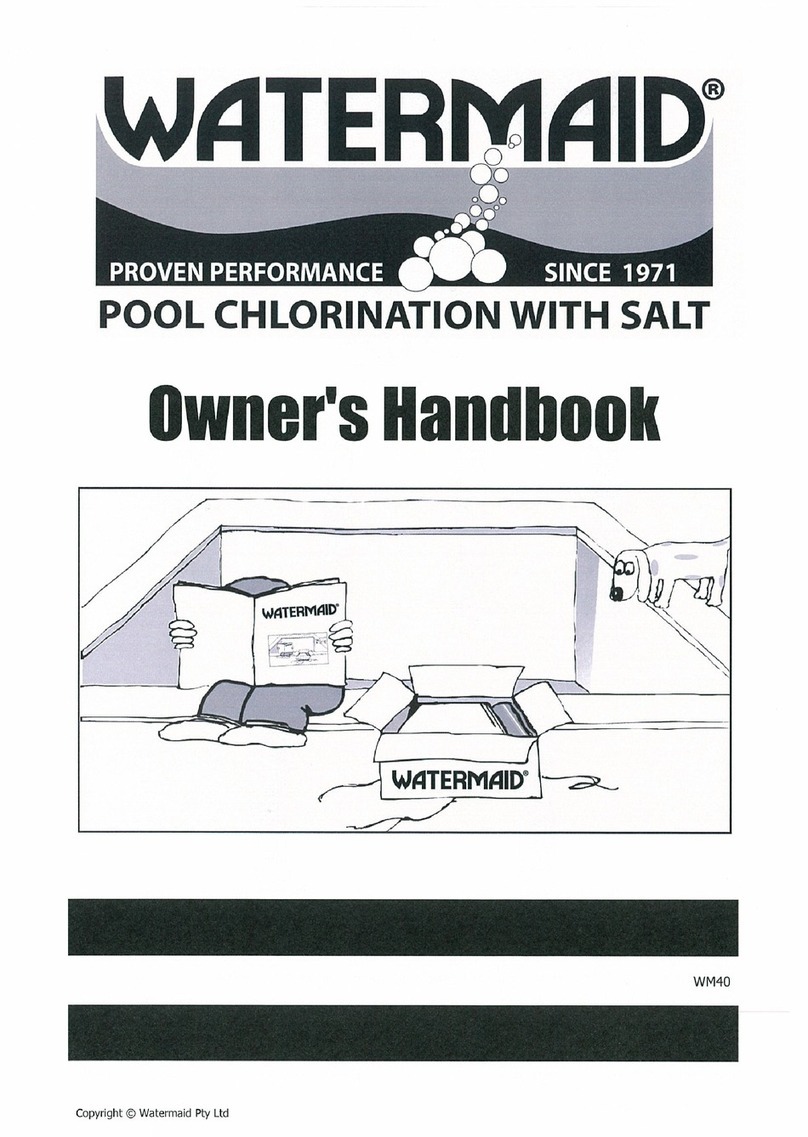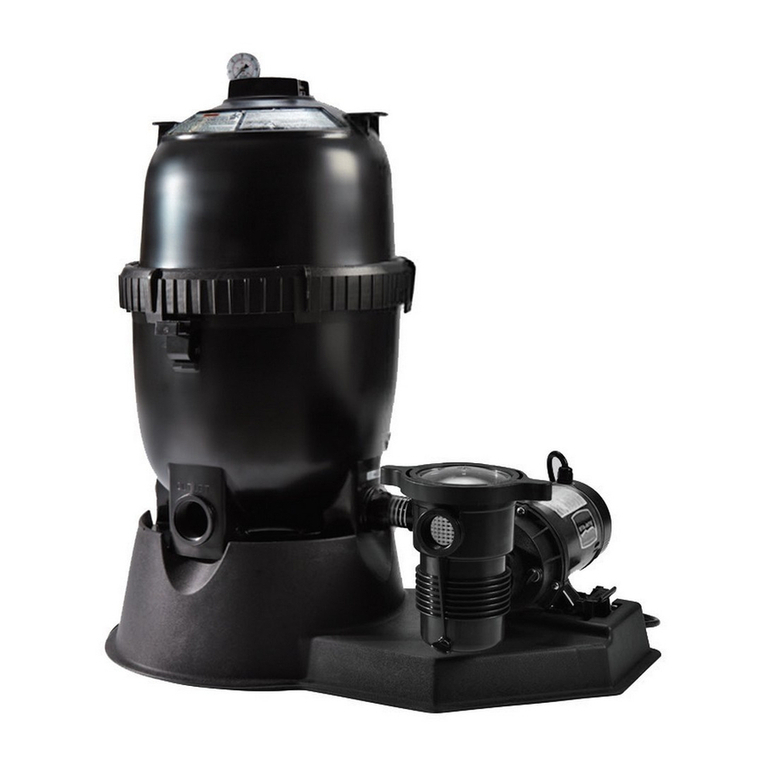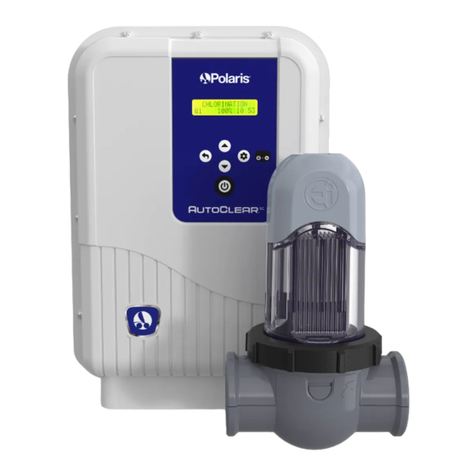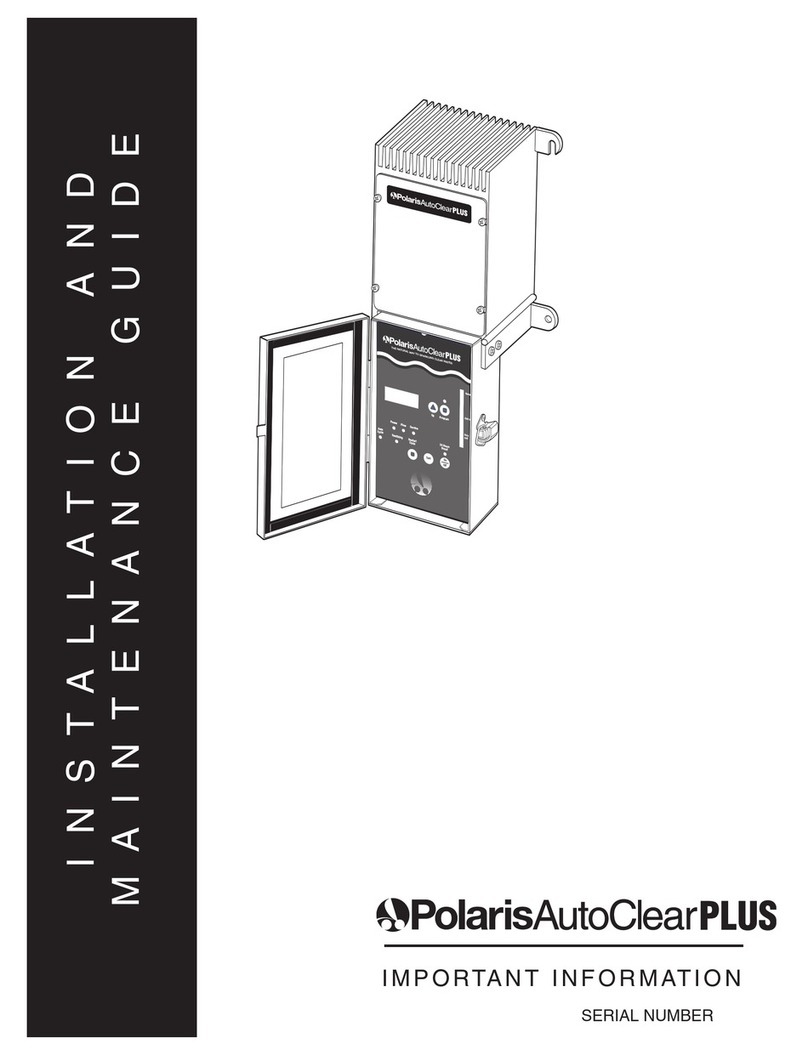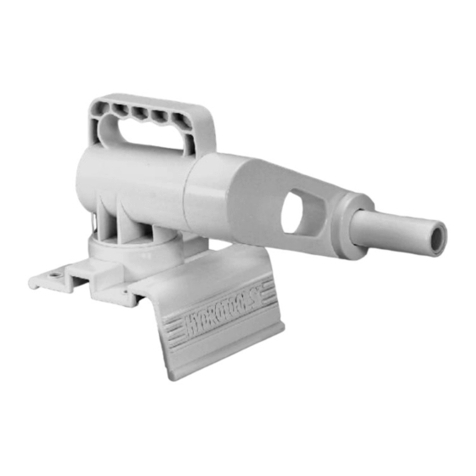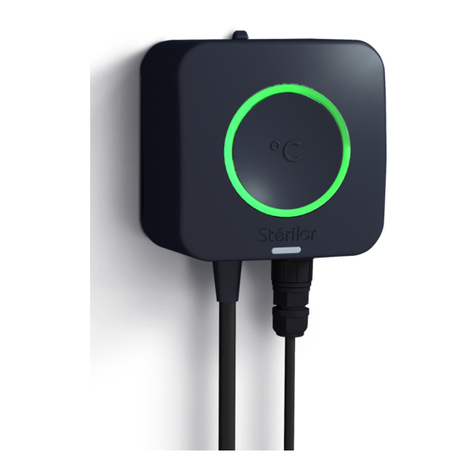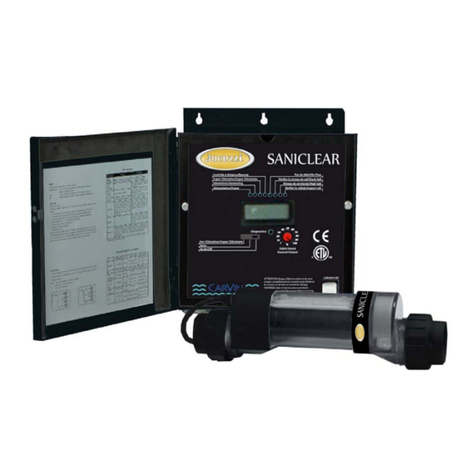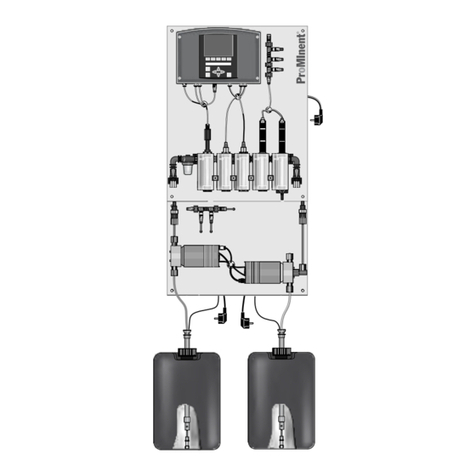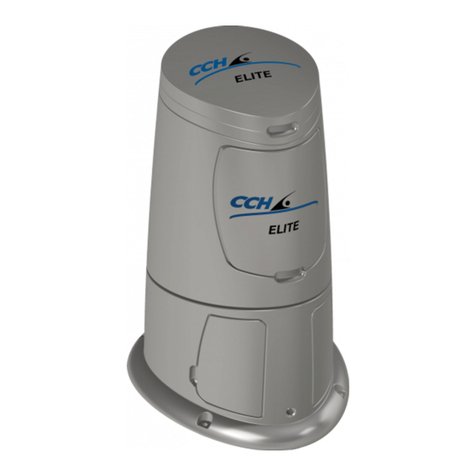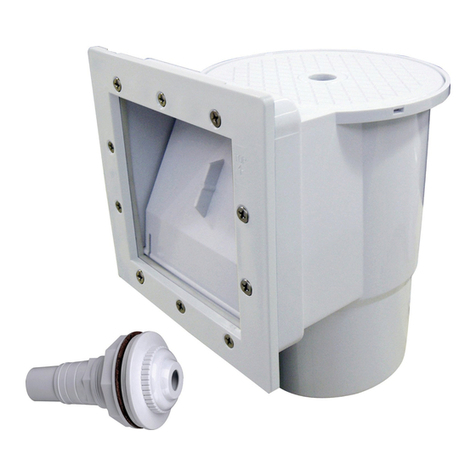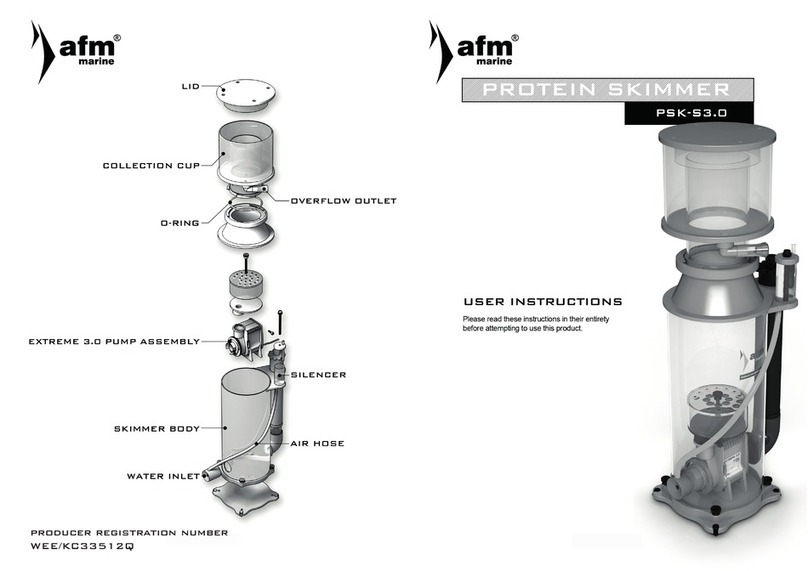
Polaris® AutoClear® SC (PAGSC20K) Salt Chlorinator - Installation and Operation
Manual
CAUTION
This device is intended for use with above ground, permanently installed swimming pools. Do not use with
storable pools. A permanently installed pool is constructed on the ground or in a building such that it cannot be
readily disassembled for storage. A storable pool is constructed so that it is capable of being readily disassembled
for storage and reassembled to its original integrity.
WARNING
•People with infectious diseases should not use a swimming pool, spa or hot tub.
•To avoid injury, exercise care when entering or exiting the swimming pool, spa or hot tub.
•Do not use drugs or alcohol before or during the use of a swimming pool, spa or hot tub to avoid
unconsciousness and possible drowning.
•Pregnant or possibly pregnant women should consult a physician before using a swimming pool, spa or hot tub.
•Water temperature in excess of 38°C (100°F) may be injurious to your health.
•Before entering a swimming pool, spa or hot tub measure the water temperature with an accurate thermometer.
•Do not use a swimming pool, spa or hot tub immediately following strenuous exercise.
•Prolonged immersion in a swimming pool, spa or hot tub may be injurious to your health.
•Do not permit any electric appliance (such as a light, telephone, radio, or television) within 3 metres (10
feet) of a swimming pool, spa or hot tub.
•The use of alcohol, drugs or medication can greatly increase the risk of fatal hyperthermia in swimming pools, hot
tubs and spas.
•Water temperature in excess of 38°C (100°F) may be hazardous to your health.
•CHILDREN SHOULD NOT USE SWIMMING POOLS, SPAS OR HOT TUBS WITHOUT ADULT SUPERVISION.
•MAINTAIN WATER CHEMISTRY IN ACCORDANCE WITH MANUFACTURER'S INSTRUCTIONS.
CAUTION
It is important to note that certain materials used in and around swimming pools may not be compatiblewith
chemicals commonly used to purify pool water (e.g. acids, chlorine, salt, stabilizers, etc.).
Zodiac Pool Systems LLC does not warrant or guarantee that the chlorinated water generated by the chlorine
generating device will not damage or destroy certain types of plants, decking, coping and other materials in and
around your pool. Before selecting materials to be used in and around your pool, please discuss all options with
your contractor to assess the compatibility of such materials and chemicals.
When mixing acid with water, ALWAYS ADD ACID TO WATER. NEVER ADD WATER TO ACID.
Some helpful considerations may include:
•
Choosing plants that can withstand splash out of pool water containing chlorine and/or salt and other water
purification chemicals.
•
All metal components used in and around a pool should be of a high grade, quality stainless steel.
•
Careful selection of masonry products. The porosity and hardness of natural stones varies greatly. Therefore we
recommend you consult with your builder or stone contractor on the best choice for stone materials around your
pool.
•
Sealing all masonry products. Professionals in the stone industry specify that even natural stone, especially
when used outdoors, be sealed to prevent weathering, staining, and premature degradation. Consult with your
stone or deck contractor for the proper sealer for the masonry products you have selected to use around your
pool.
•
For the optimal results, sealers should be reapplied on a regular basis. Reapply the protective sealer on a
schedule per the manufacturer’s instructions.
•
Use of chemicals other than those recommended may be hazardous. Follow the chemical manufacturers
instructions.
CAUTION
This device is intended for use with above ground, permanently installed (residential) swimming pools. Do not use
with storable pools. A permanently-installed pool is constructed on the ground or in a building such that it cannot be
readily disassembled for storage. A storablepool is constructed so that it is capable of being readily disassembled
for storage and reassembled to its original integrity.

